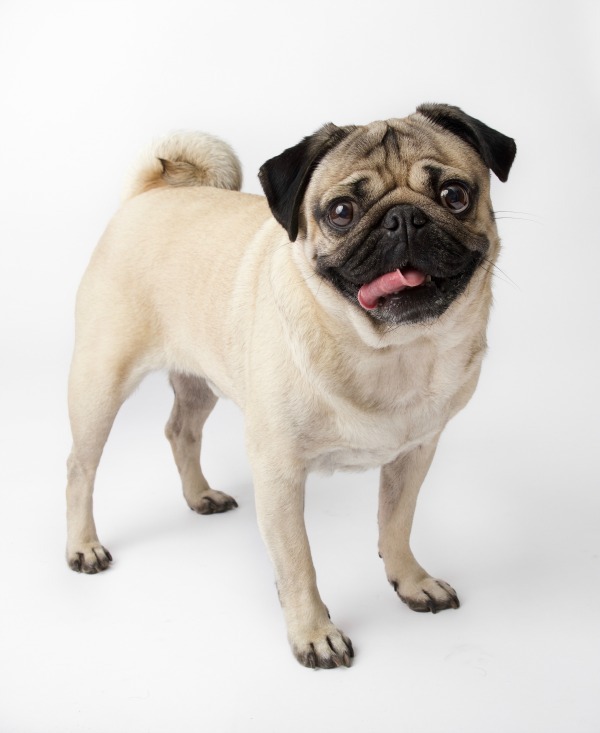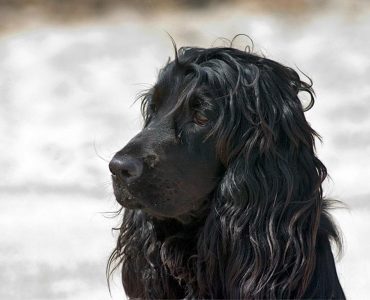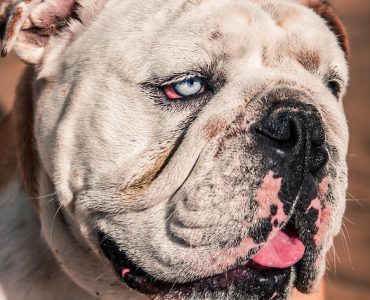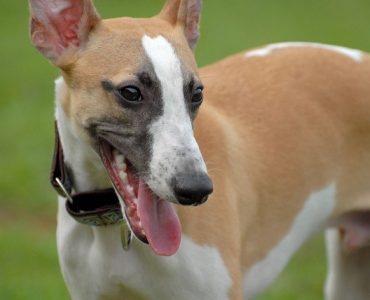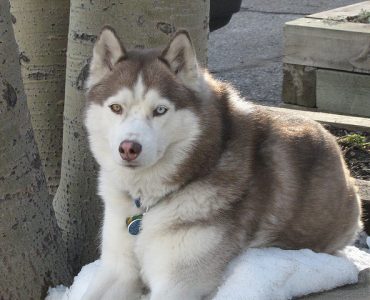The Pug originated in Asia and is thought to date back as far as 400 BC. It is part of the group of breeds known as toys. They can be seen in many works of art and became fashionable pets in European courts, Tibetan monasteries and the Chinese Imperial palace amongst other places. There have been many famous Pug owners such as William of Orange, the artist Hogarth and Josephine, the wife of Napoleon.
The Pug has an extremely stocky and compact body. It has a very short black muzzle, which is flat at the end and soft, velvet ears. It has large, dark and expressive eyes and moles across the cheeks. They have a short back and their tail is unusually a curl rather than straight. Some pugs even have a double curl. Their limbs are straight and thick and they walk with a rolling gait. The coat can be in a number of colours, which are silver, fawn, apricot and black. Heavy seasonal shedding can occur and it is important to groom. Fawn pugs are the most prolific shedders of the breed as they have a double coat. The short hair is easy to take care of but care must be taken to regularly and thoroughly clean between the folds of skin on the face to prevent infection.
The Pug is an extremely lively and happy dog. They love to play and are very affectionate. They can be mischievous but their good-natured disposition makes them very popular. They are noted for being highly intelligent and also display sensitivity to voice tone and this can be used to manage them and punishment is rarely necessary. Like many breeds, it is important to manage the Pug firmly and for the owner to clearly assert himself or herself as leader. A Pug is a much happier and well-behaved animal when this happens. Without this they may show jealousy, guard furniture and food and behave less favourably. They can socialise well with other pets but definitely prefer the company of humans. Infact they can become anxious or upset if they do not receive enough attention. They can often be found at their owners feet and follow them around frequently waiting for attention.
The Pug is a popular family pet and show dog. In addition to this they excel and performing tricks and also make good watchdogs.
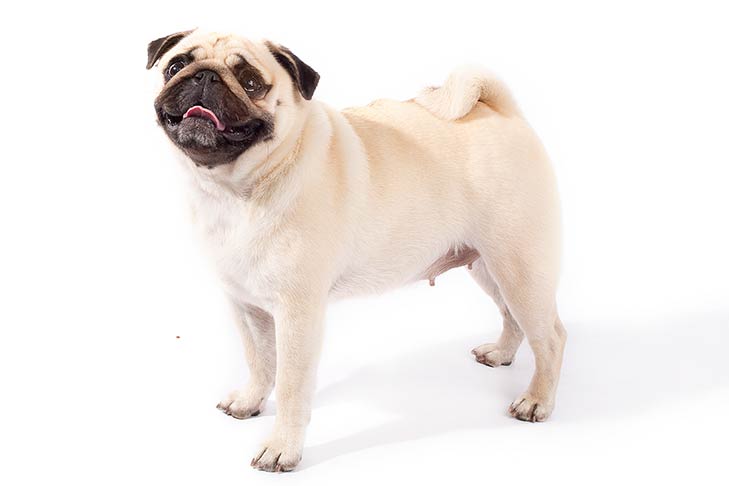
The life expectancy of the average Pug is around 12 to 15 years. There are a wide variety of ailments to which they are prone. They catch colds with ease and are sensitive to hot and cold weather. Many are afflicted by allergies and the short muzzle compounds breathing problems these may cause. There is also a history of eye problems across this breed such as inflammation and ulceration of the cornea. Obesity is another issue that is commonly seen as they are greedy and will happily eat far more than is good for them. Some puppies also contract the brain disease Encephalitis but the reason for this is not known.


